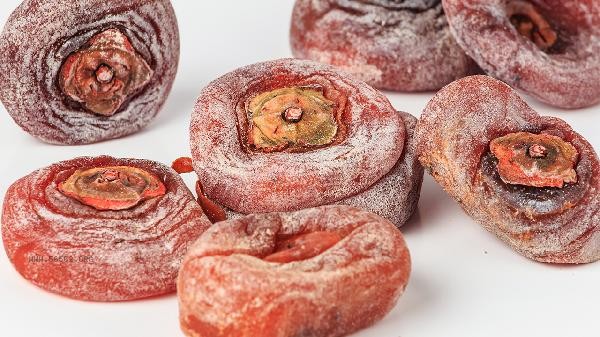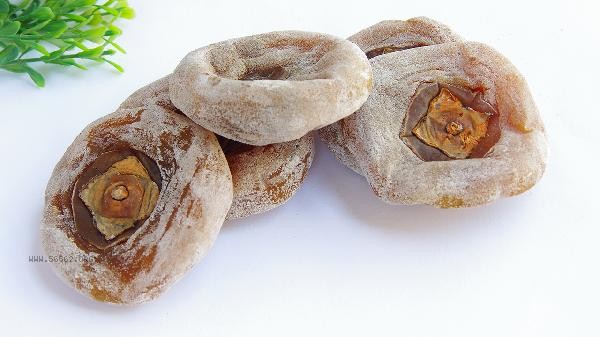The astringency of persimmon cakes is mainly related to the content of tannins. Persimmons that have not been completely astringent will experience astringency due to the combination of tannins and oral proteins. The degree of astringency is influenced by factors such as variety maturity, de astringency process, and storage conditions. If the astringency of persimmon cakes is not completely removed during the production process, there will be more residual soluble tannins in the fruit. This type of tannin belongs to plant polyphenols, which form insoluble precipitates when combined with salivary proteins, stimulating the oral mucosa to produce a rough texture. Traditional methods for removing astringency include soaking in warm water, fumigation with alcohol, or ripening mixed fruits to reduce astringency by promoting tannin polymerization into an insoluble state. Modern technology often uses carbon dioxide de astringency method, which can more effectively decompose tannin molecules. Some special varieties such as Niuxin persimmon and Mirror persimmon have high natural tannin content, and even after de astringency treatment, there may still be trace astringency residue. Excessive humidity in the storage environment may lead to reactivation of tannins, while low-temperature dry storage can maintain the de astringency effect. Soaking in warm water or placing it with ethylene releasing fruits such as apples before consumption can help further degrade residual tannins.

Choosing persimmon cakes with orange red skin and transparent flesh usually has a mild astringency, and it is recommended for those with gastrointestinal sensitivity to eat them without skin. Persimmon cakes are rich in carotenoids and pectin. Moderate consumption can help supplement vitamin A and regulate intestinal function, but it is not advisable to eat large amounts on an empty stomach to avoid discomfort caused by the interaction between tannins and stomach acid. When storing, pay attention to sealing and moisture prevention. It is recommended to consume as soon as possible after opening.









Comments (0)
Leave a Comment
No comments yet
Be the first to share your thoughts!